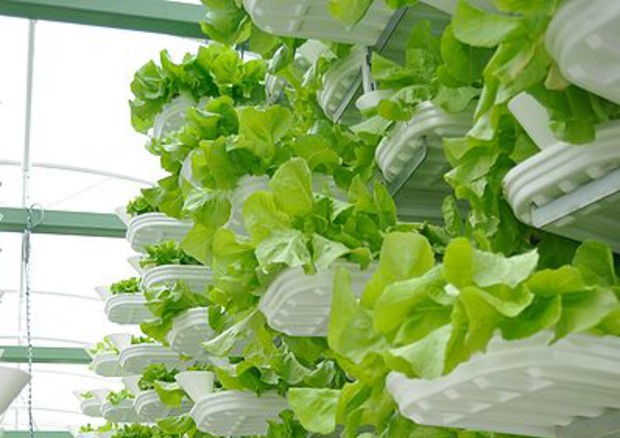Vertical farms are gaining ground in the United States as an innovative response to the climate crisis, water scarcity and urban food deserts. In Mesa, Arizona–one of the regions hardest hit by drought–True Garden produces nearly 7 tons of vegetables per month, using 90-98 percent less water than traditional farming.
This is made possible by the use of aeroponic towers, which operate without soil and with natural light. Plants grow in vertical columns, with their roots suspended in the air. An automated system sprays a solution of water and nutrients directly onto the roots at regular intervals. Then excess water is collected and reused, making the process extremely efficient.
As industry experts explain, vegetables such as lettuce, cabbage, spinach and herbs can be grown continuously throughout the year, even in the hottest months, with this technology, thanks to the use of renewable energy and cooling systems.
Proponents of vertical farming point to the potential reuse of abandoned buildings in urban centers to turn them into vertical farms, thus providing fresh food to communities that currently lack it.
However, this form of agriculture also has critical issues. While it is water-efficient, iIt is in fact energy intensive, due to the use of artificial lights and air conditioning systems. A recent study by the Resource Innovation Institute (RII)-which promotes resource efficiency in controlled environment agriculture (CEA)-conducted on 12 indoor farms showed that in some cases energy consumption per square meter is comparable to that of a hospital.
Despite this, the CEA Energy & Water Benchmarking Report showed that farming in a controlled environment can significantly reduce overall resource use. To support this, RII initiated the “CEA Footprint Project” to develop standardized methods to measure and compare the environmental impact of vertical farms in terms of water consumption, energy and carbon dioxide emissions (CO₂).












